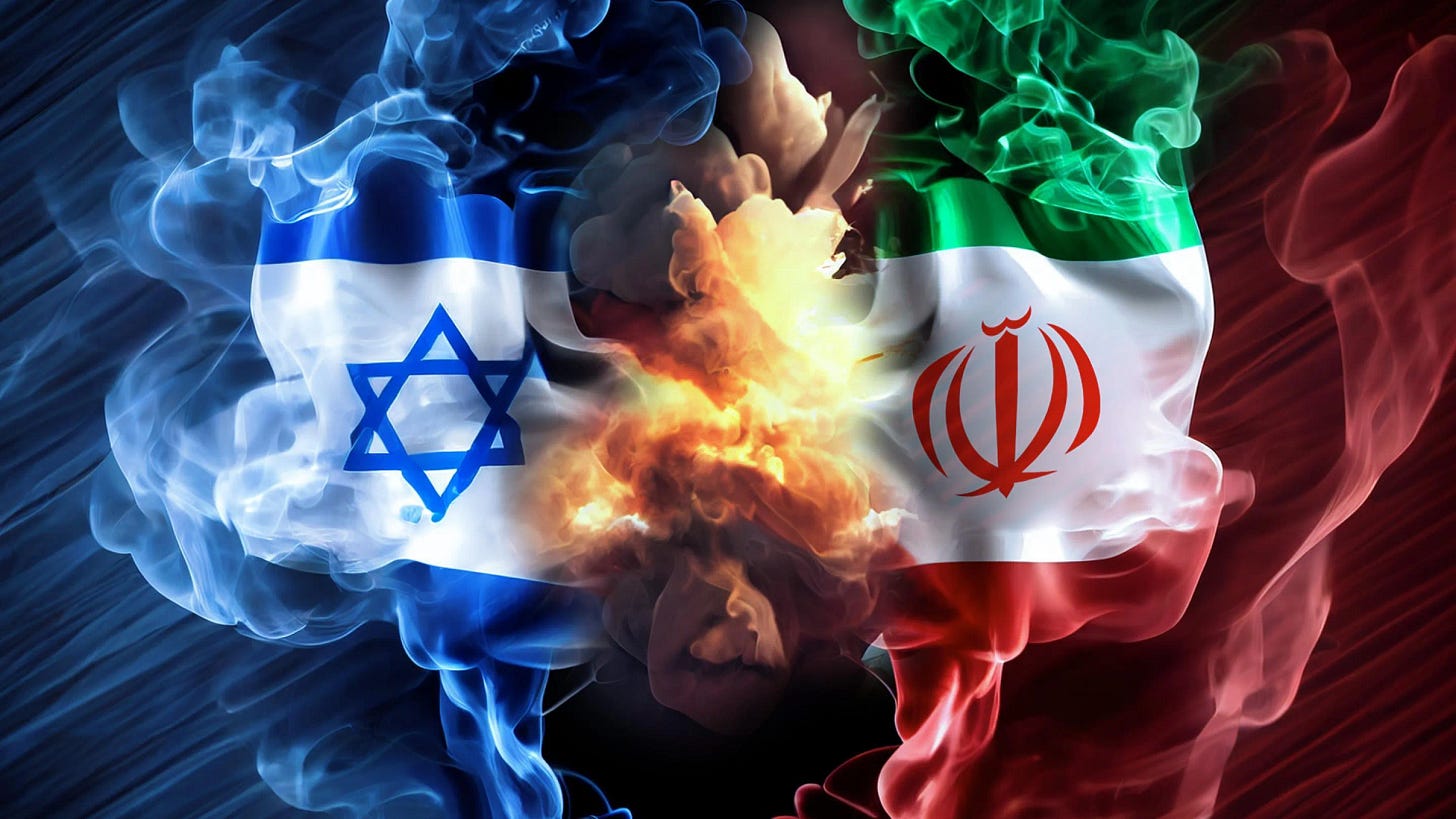Numbers Don’t Lie—But the Regime Does: Majority of Iran’s Dead Are Military
As of June 22, independent Iranian human rights organizations such as Hengaw, report that 698 individuals have been killed across Iran in the first nine days of Israel’s direct military strikes on the Islamic regime’s infrastructure. While the regime scrambles to frame these numbers as indiscriminate attacks on civilians, the overwhelming majority of those killed—600 out of 698—were regime operatives: military and intelligence personnel, IRGC commanders, Basij militiamen, nuclear scientists, and members of the security and cyber apparatus.
Since the early morning of Friday, June 14, when Israeli missiles and drones began targeting command posts, weapons depots, nuclear sites, and cyberwarfare hubs, military casualties have continued to rise. Human rights observers have confirmed that at least 600 military-affiliated personnel have been killed in these attacks. These include not just the IRGC, but also the regular Army, Law Enforcement Command (NAJA), Basij paramilitaries, and nuclear staff. So far, the identities of 243 individuals have been confirmed by name.
The geographic distribution of these military fatalities reveals just how focused the Israeli strikes have been on the centers of regime power:
Tehran: 235
East Azerbaijan: 60
Kermanshah: 60
Qom: 43
Isfahan: 50
Lorestan: 45
West Azerbaijan (Urmia): 20
Alborz: 20
Zanjan: 15
Hamadan: 12
Markazi: 11
Khuzestan: 11
Fars: 6
Kurdistan (Sanandaj): 5
Civilian deaths, though tragic, accounted for only 98 of the 698 fatalities. Of those, 38 were women, including two members of the IRGC—Fatemeh Bagheri and Elham Farahmand. The remaining 36 were civilians, the majority of whom were killed in Tehran Province.
Breakdown of civilian deaths by province shows a clear concentration near regime and military installations:
Tehran: 75
Hamadan: 8
Isfahan: 5
Khuzestan: 4
Kermanshah: 2
East Azerbaijan: 2
Lorestan: 2
Qom: 1
Among the dead are 26 children, many of them killed when regime weapons caches or military housing units were targeted. The geographic distribution of child fatalities reflects the concentration of regime-linked family housing in Tehran and other major military hubs:
Tehran Province: 19
Isfahan Province: 4
Lorestan, Qom, Khuzestan: 1 each
The names of the children are a haunting reminder of how deeply the regime embeds itself within civilian areas—placing its military infrastructure among family residences and civilian zones:
Rayan Ghasemian – 2 months
Zahra Zakerian Amiri – 7 months
Amirali Amini – 12 years
Parham Abbasi – 15 years
Fatemeh Zakerian Amiri – 5 years
Baran Ashrafi – under 15
Mahya Nikzad – 7 years
Soheil Katouli – 11 years
Eima Zeinali – 7 years
Heida Zeinali – 4 years
Motahareh Niyazmand – 6 years
Ali Niyazmand – 10 years
Fatemeh Niyazmand – 12 years
Mohammadreza Sedighi Saber – 17 years
Matin Safaeean – 16 years
Zahra Barzegar – 3 years
Tara Hajimiri – 8 years
Mojtaba Sharifi – 7 years
Fatemeh Sharifi – 11 years
Seyed Ali Sadati – 6 years
Reyhaneh Sadat Sadati – 12 years
Ehsan Ghasemi – 16 years
Armin Mousavi – 7 years
Moaddeseh Aghdasi – 13 years
Mohammadreza Aghdasi – 10 years
Helena Gholami – 13 years
Though every civilian death is tragic, the context matters. According to local sources, at least 28 of the civilian fatalities were relatives of high-ranking IRGC officials—many killed in regime compounds, housing units for officers, or intelligence-linked locations. These were not random victims on the street but casualties of a regime that has always used civilians, especially its own loyalists, as human shields.
Amid the growing toll, Tehran is now engaged in frantic narrative control. One of the most revealing developments is the regime’s quiet effort to counter rumors about the death of Ali Shamkhani, a key Khamenei ally and longtime head of the Supreme National Security Council. Several international outlets, including The Times of Israel, have reported that Shamkhani may have been either killed or gravely wounded in the strikes. In response, regime-linked whisper campaigns have begun claiming that Shamkhani is “alive and well.” Yet no official confirmation has been issued in Iran—no statement from Khamenei’s office, no appearance by Shamkhani, and no update from the Supreme National Security Council. Just silence. In the Islamic regime, silence often means exactly what people fear it does.
As the regime mourns “martyrs” and inflates casualty numbers to play victim, the truth on the ground tells a different story. This is not a mass civilian slaughter—it is a strategic demolition of a militarized, repressive state apparatus. The overwhelming number of fatalities are regime forces or those directly embedded within the regime’s infrastructure. The public face of Iran—its children, its workers, its freedom-seeking youth—is not the target of these strikes. The regime is. And it’s the regime that is bleeding.
If the Islamic regime in Iran is being gutted from the inside out, it’s not just because of foreign missiles—it’s because it built its power on the backs of ordinary people, buried its weapons among homes, and expected no one would dare strike back. Now that someone has, the cracks are beginning to show. And the world is watching.





